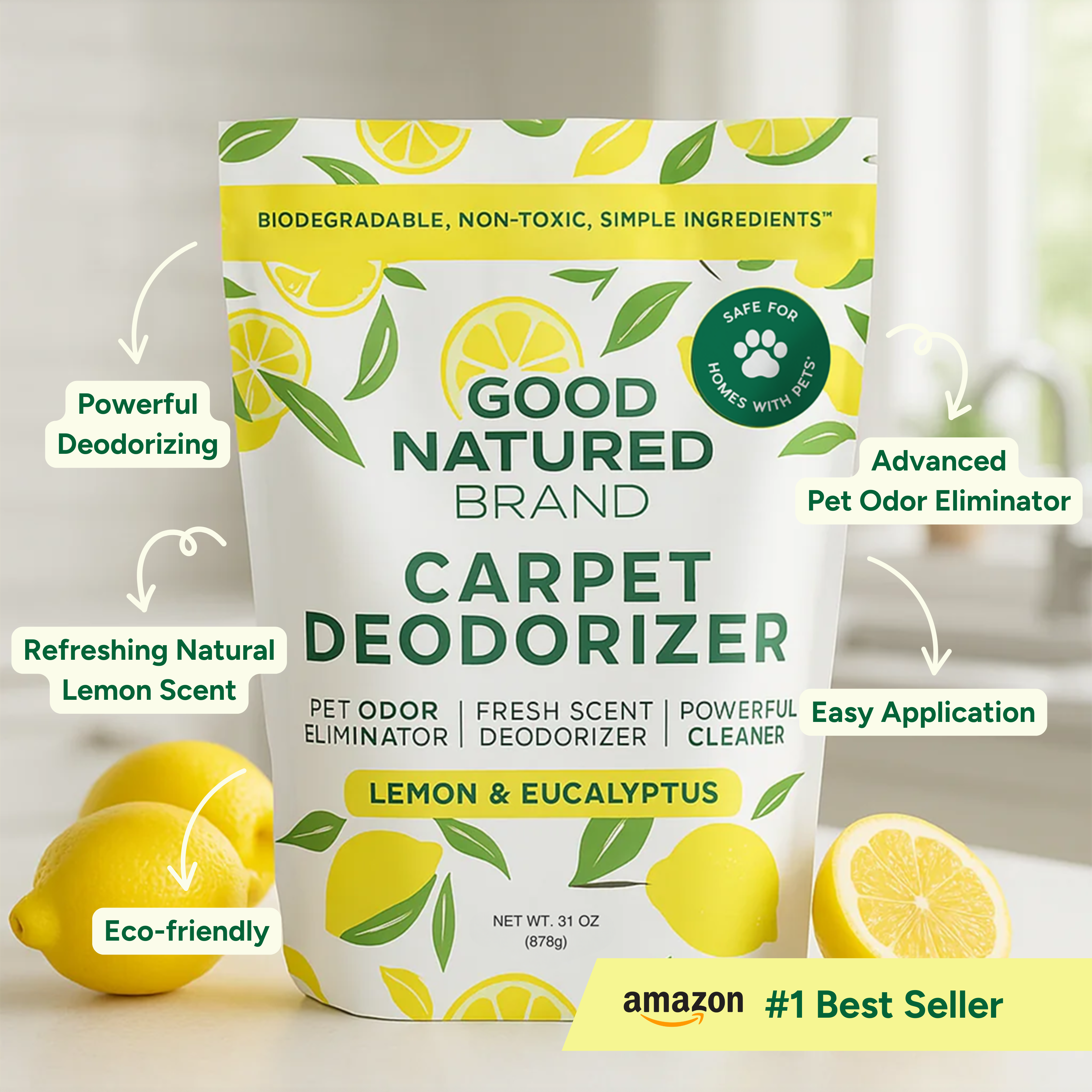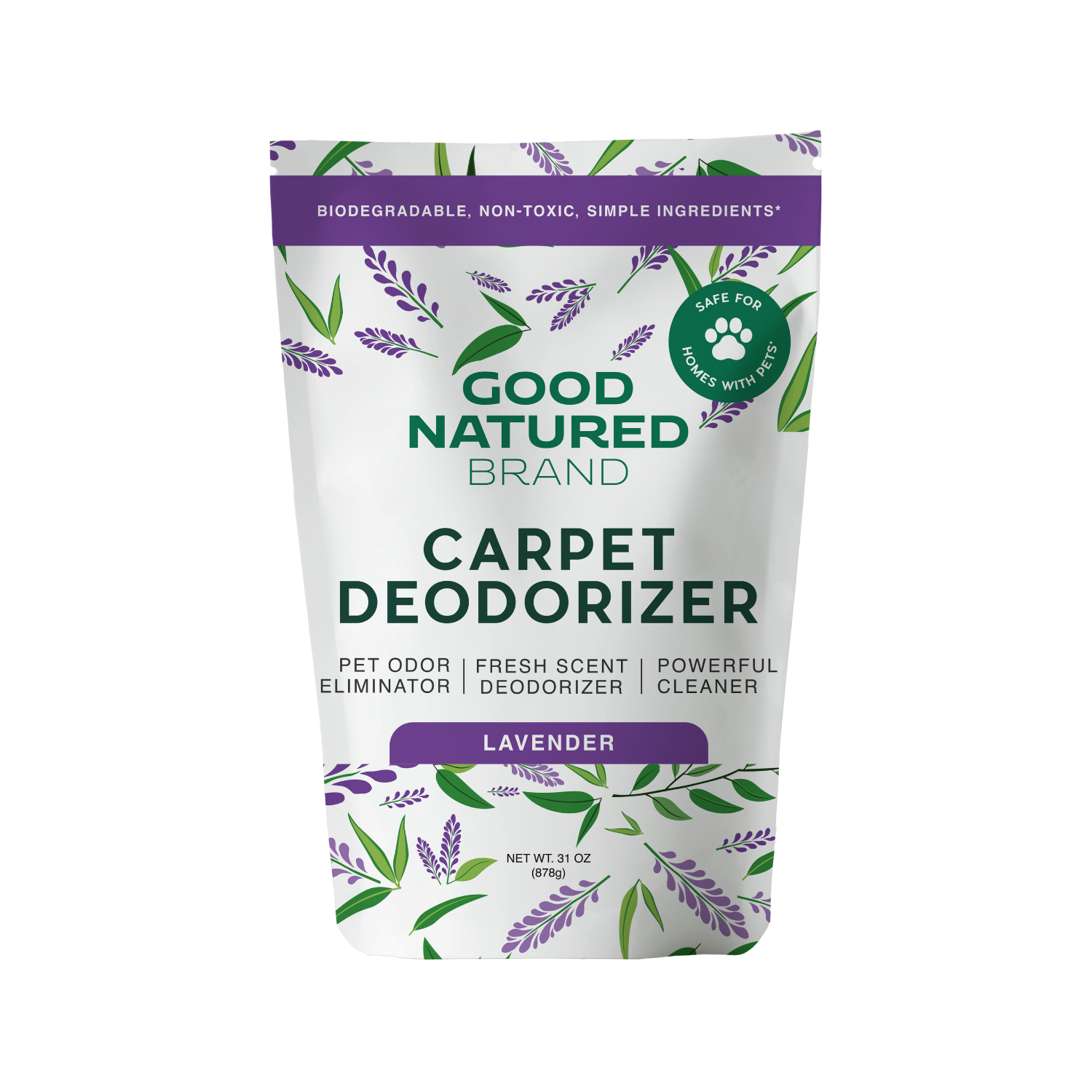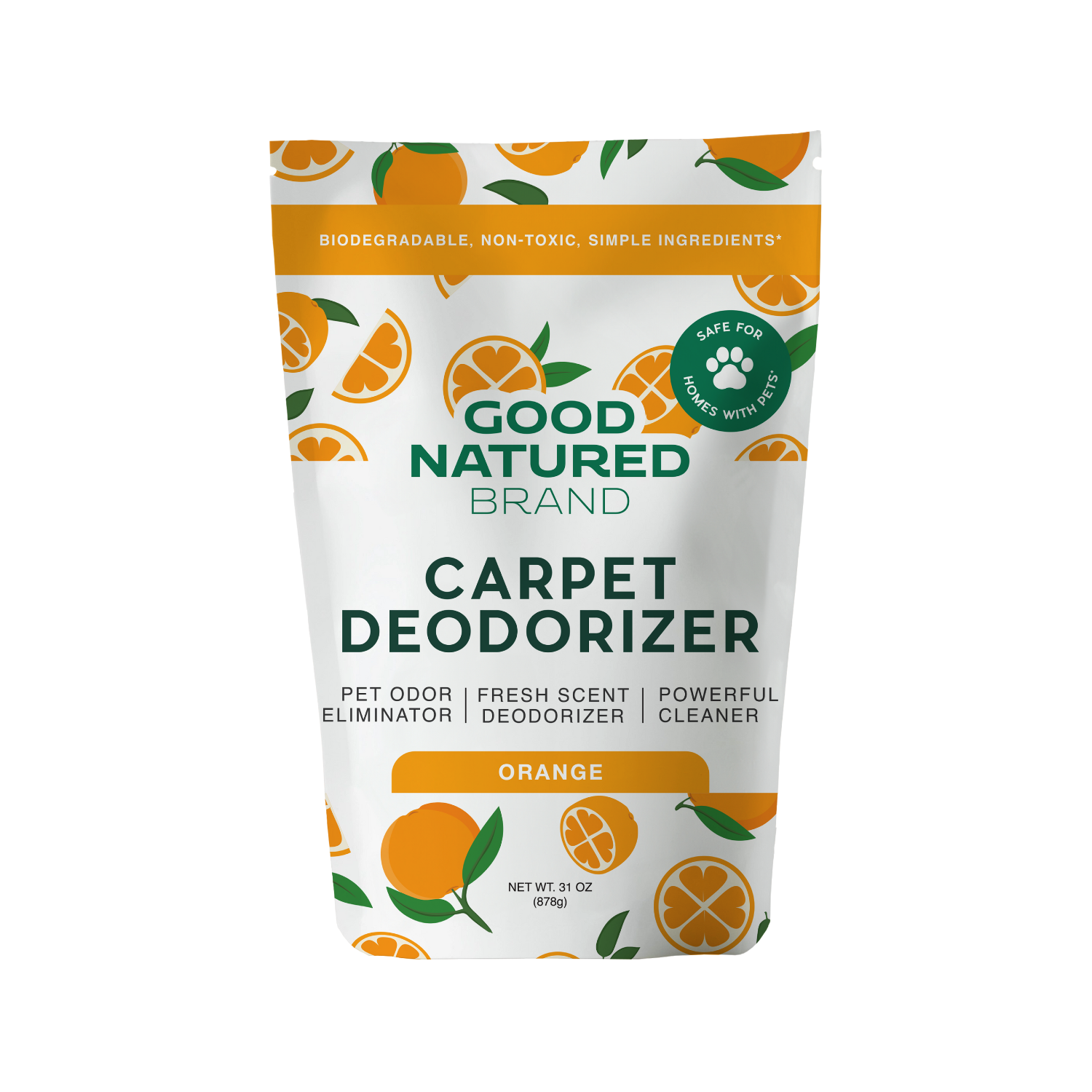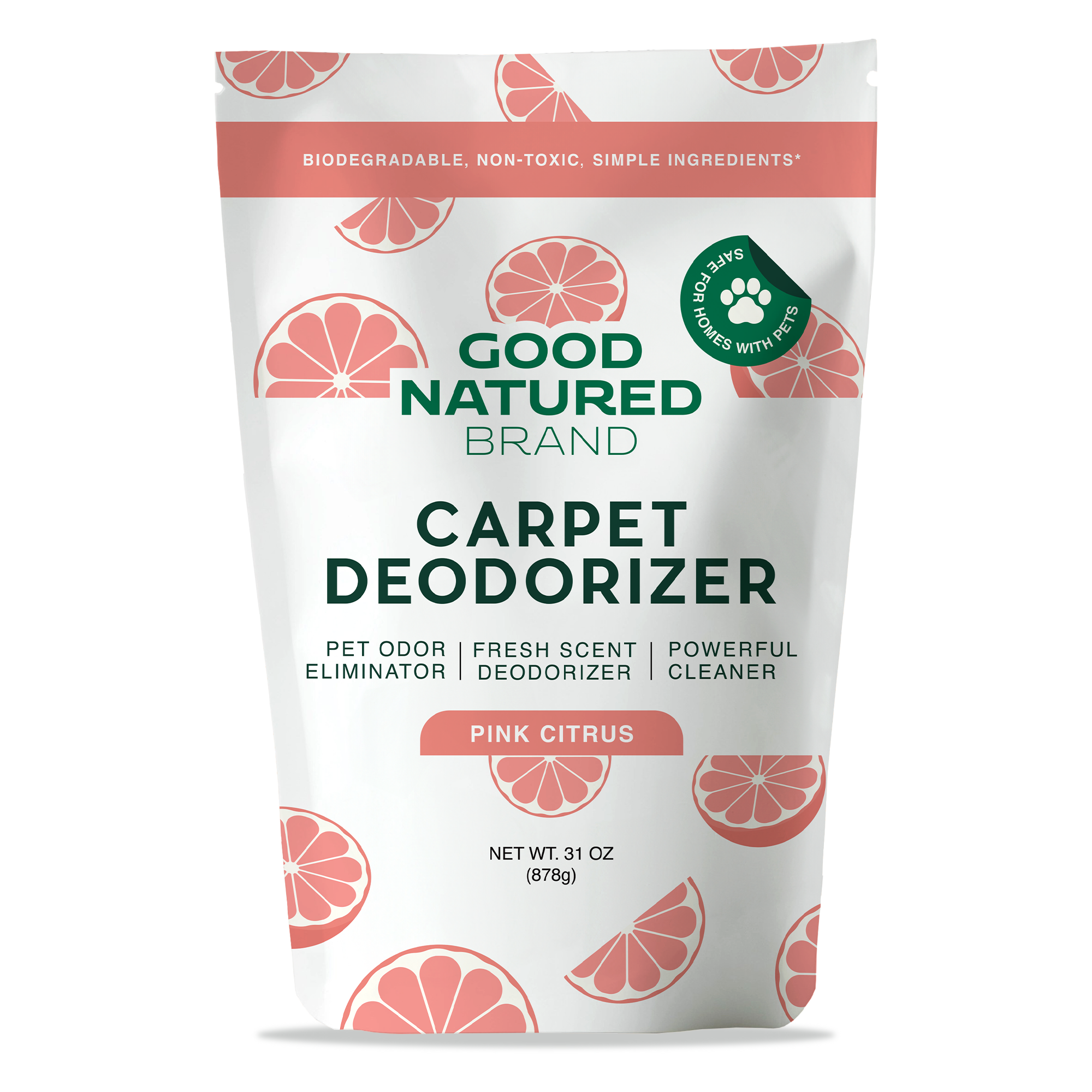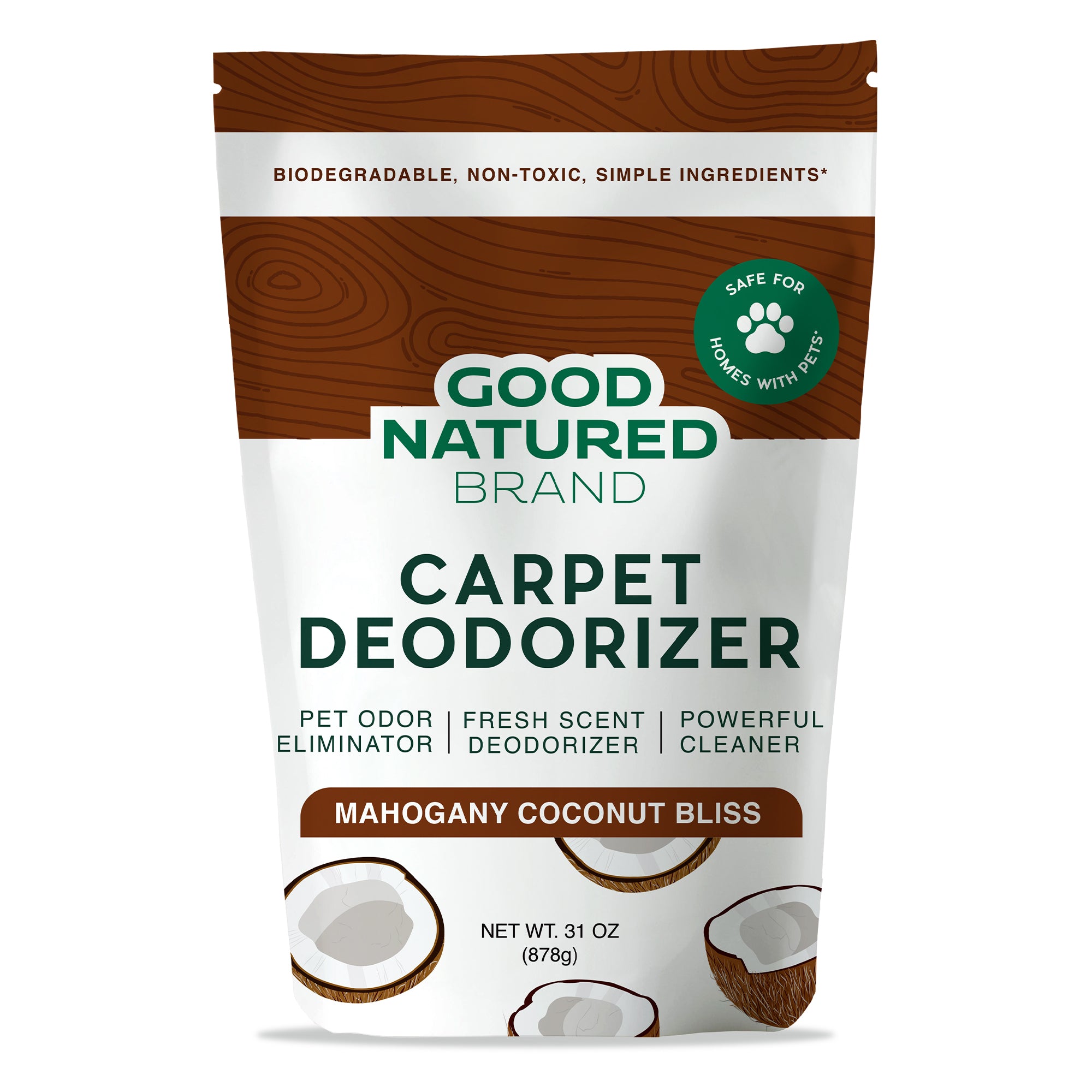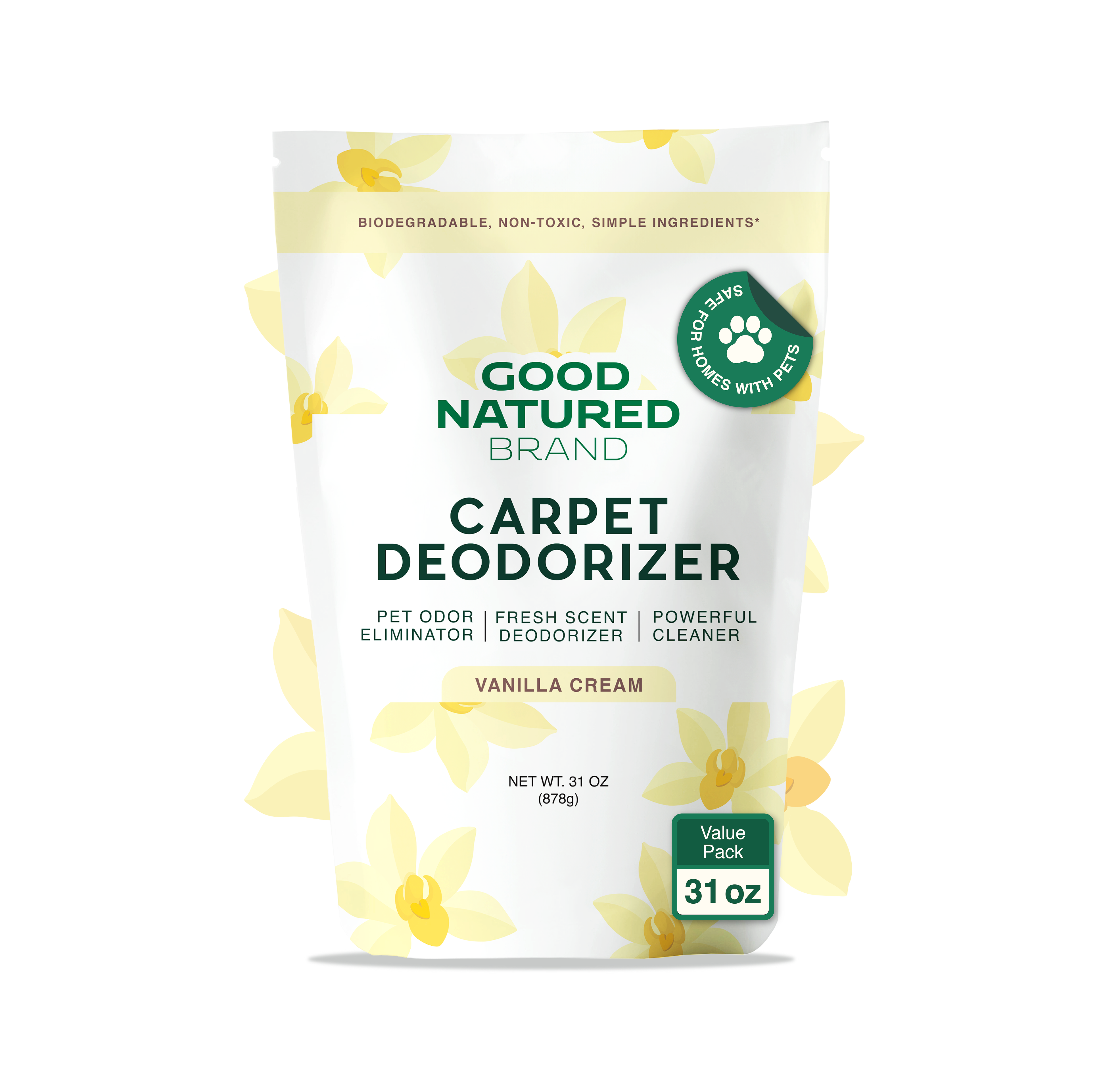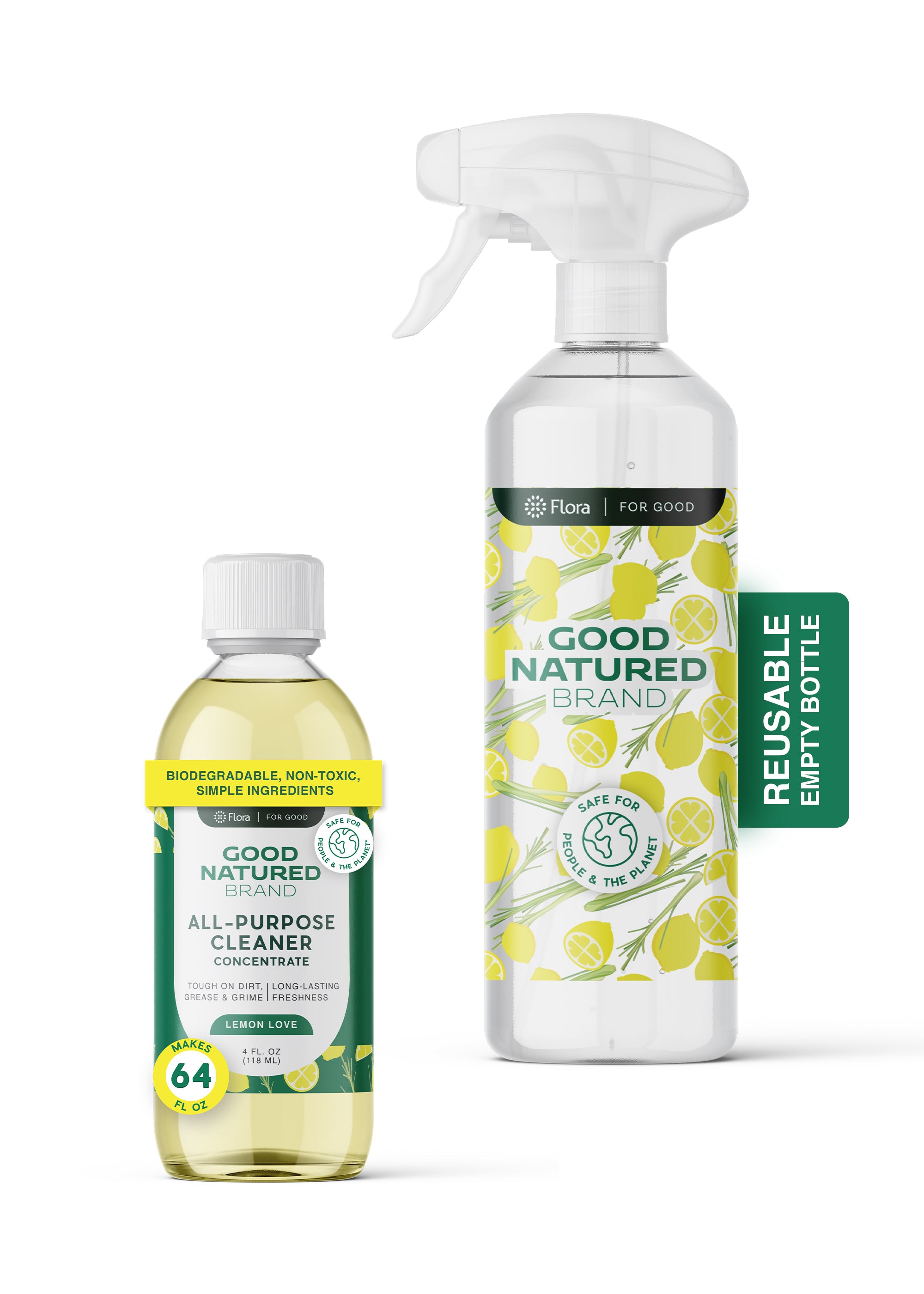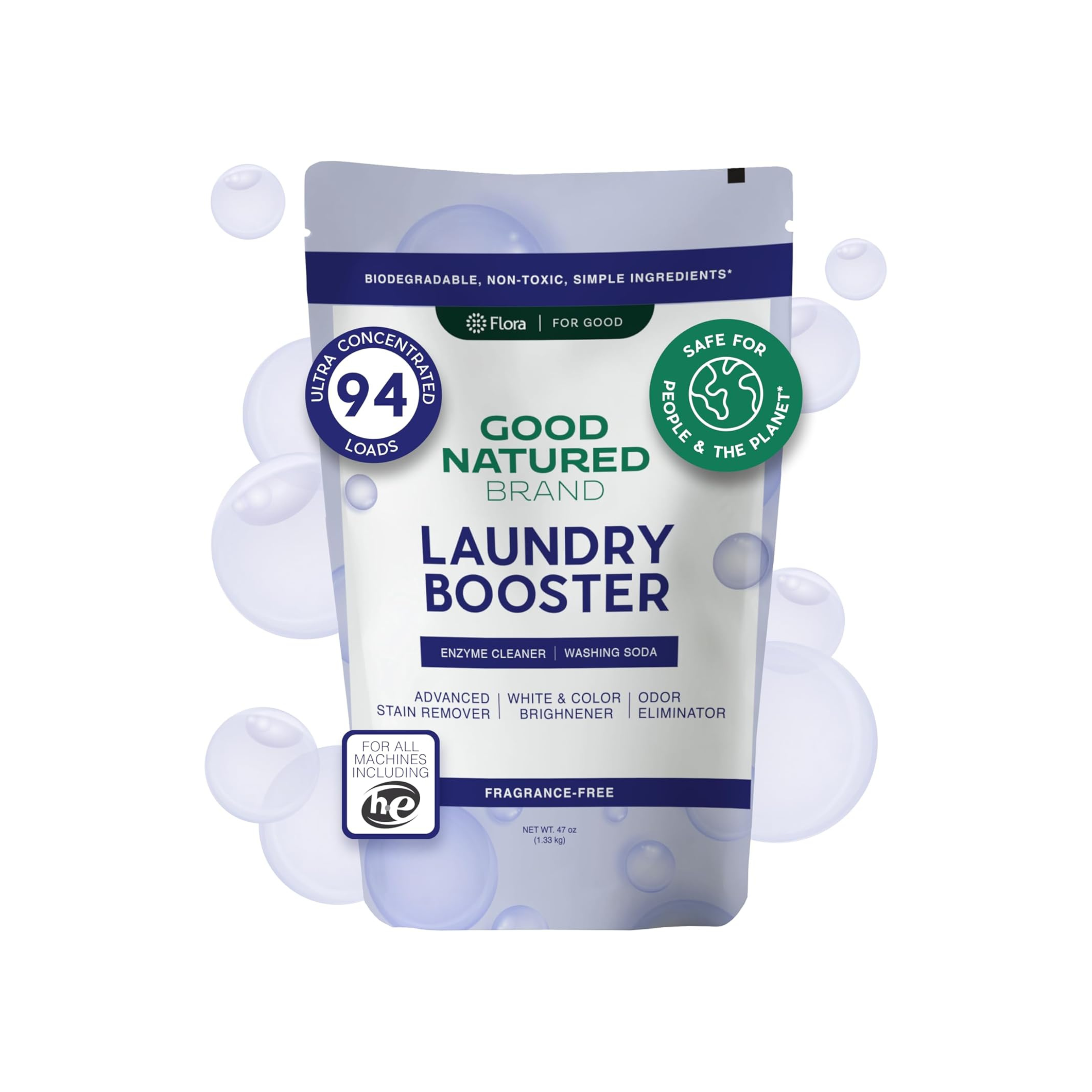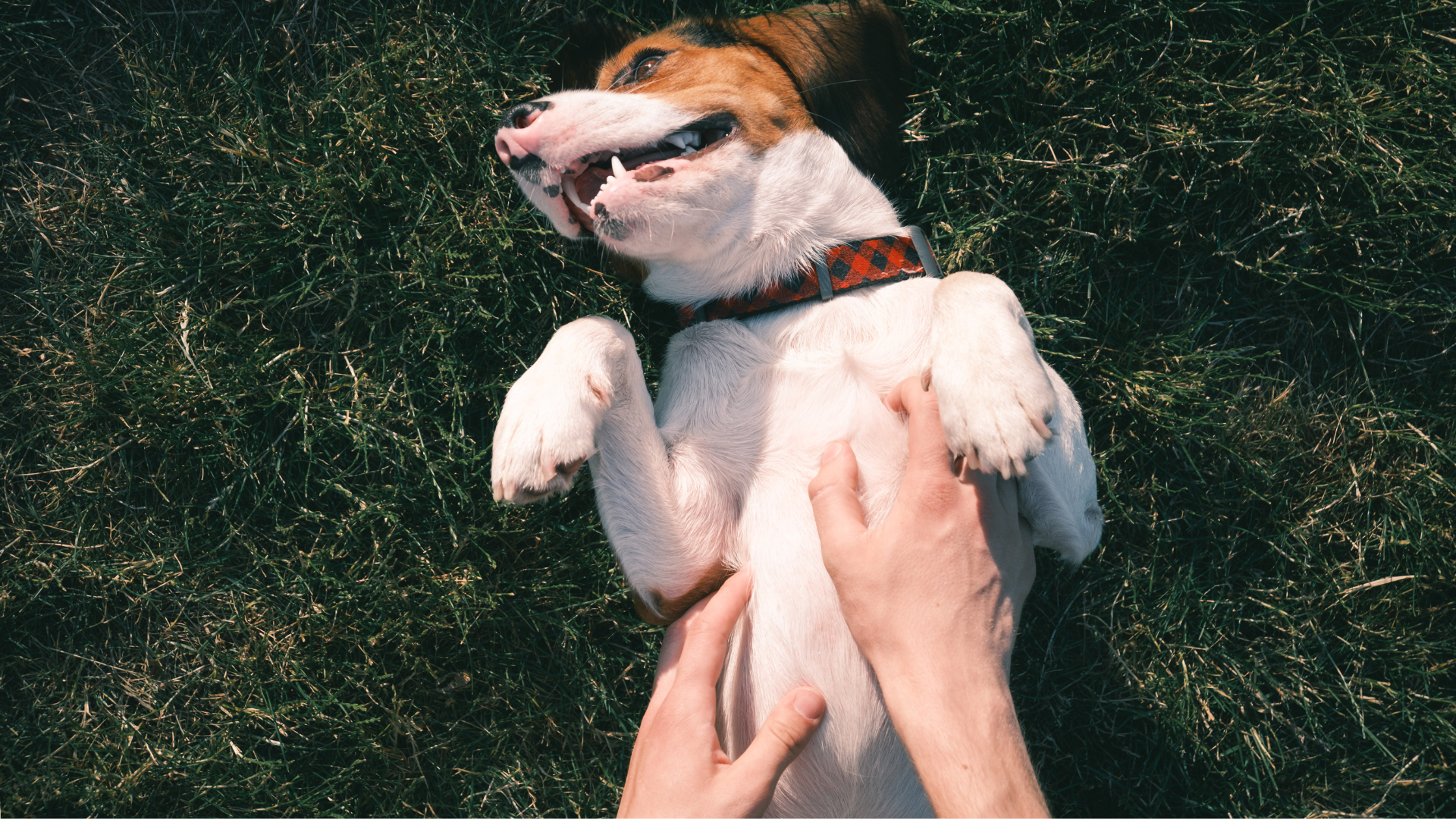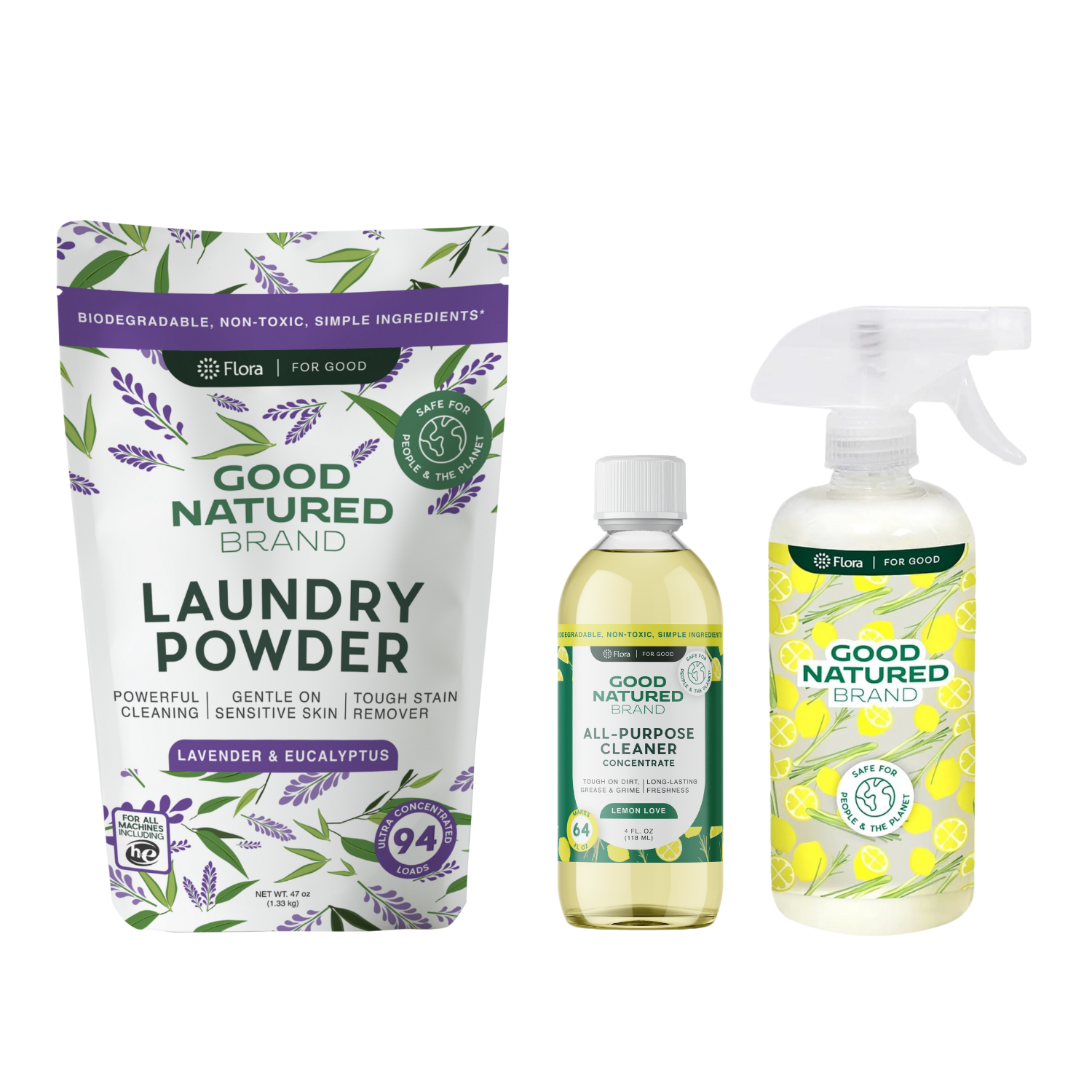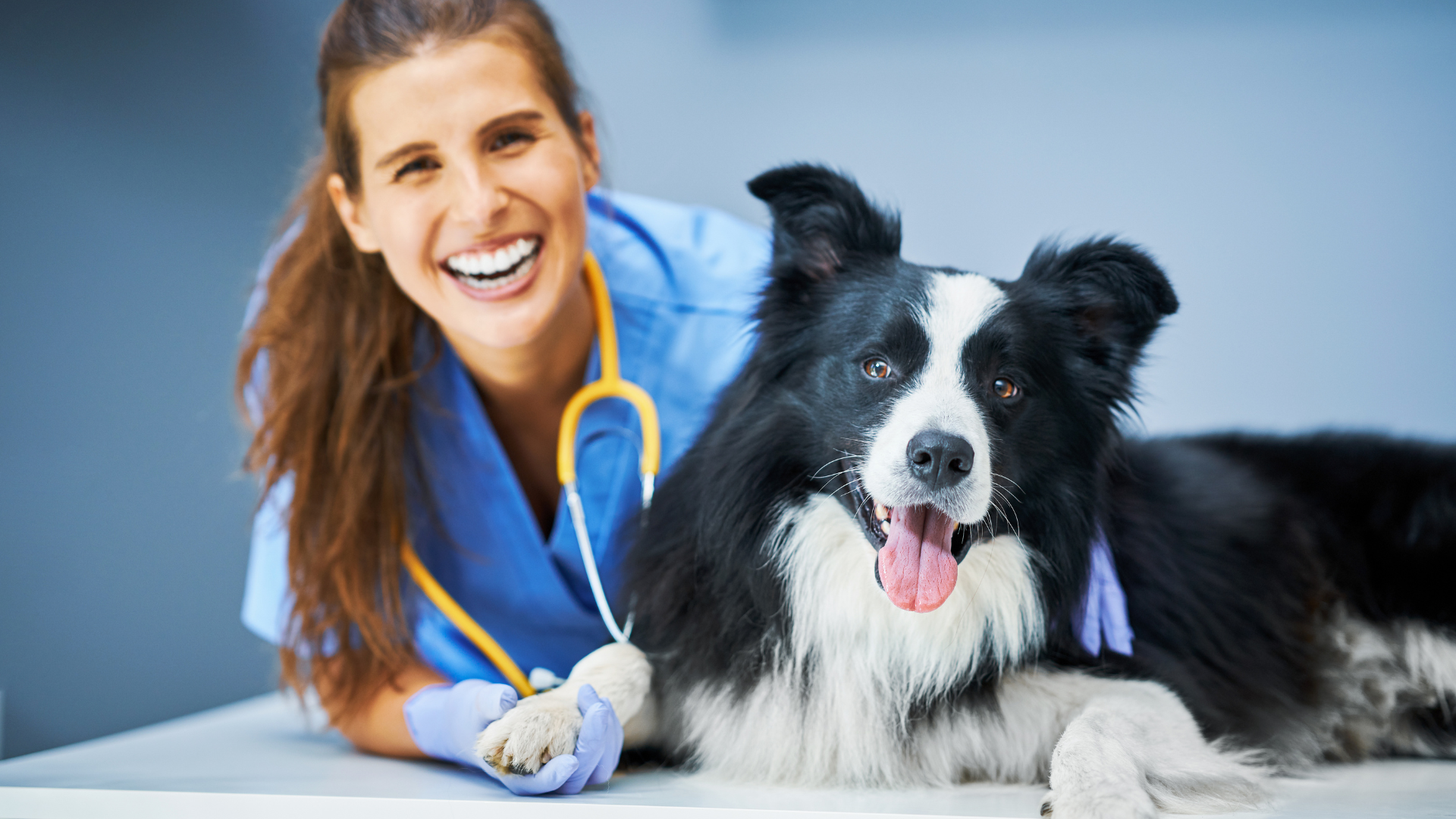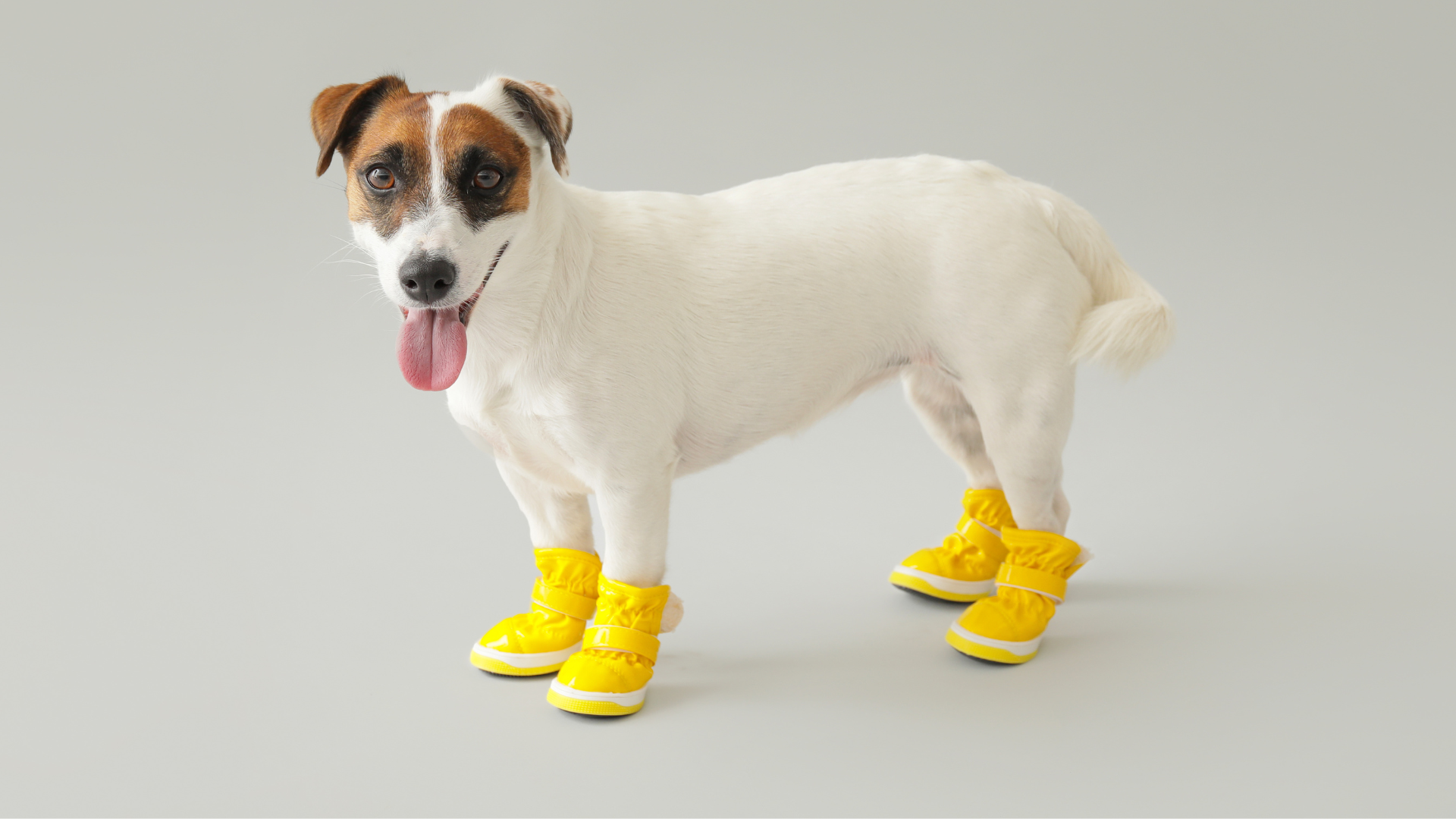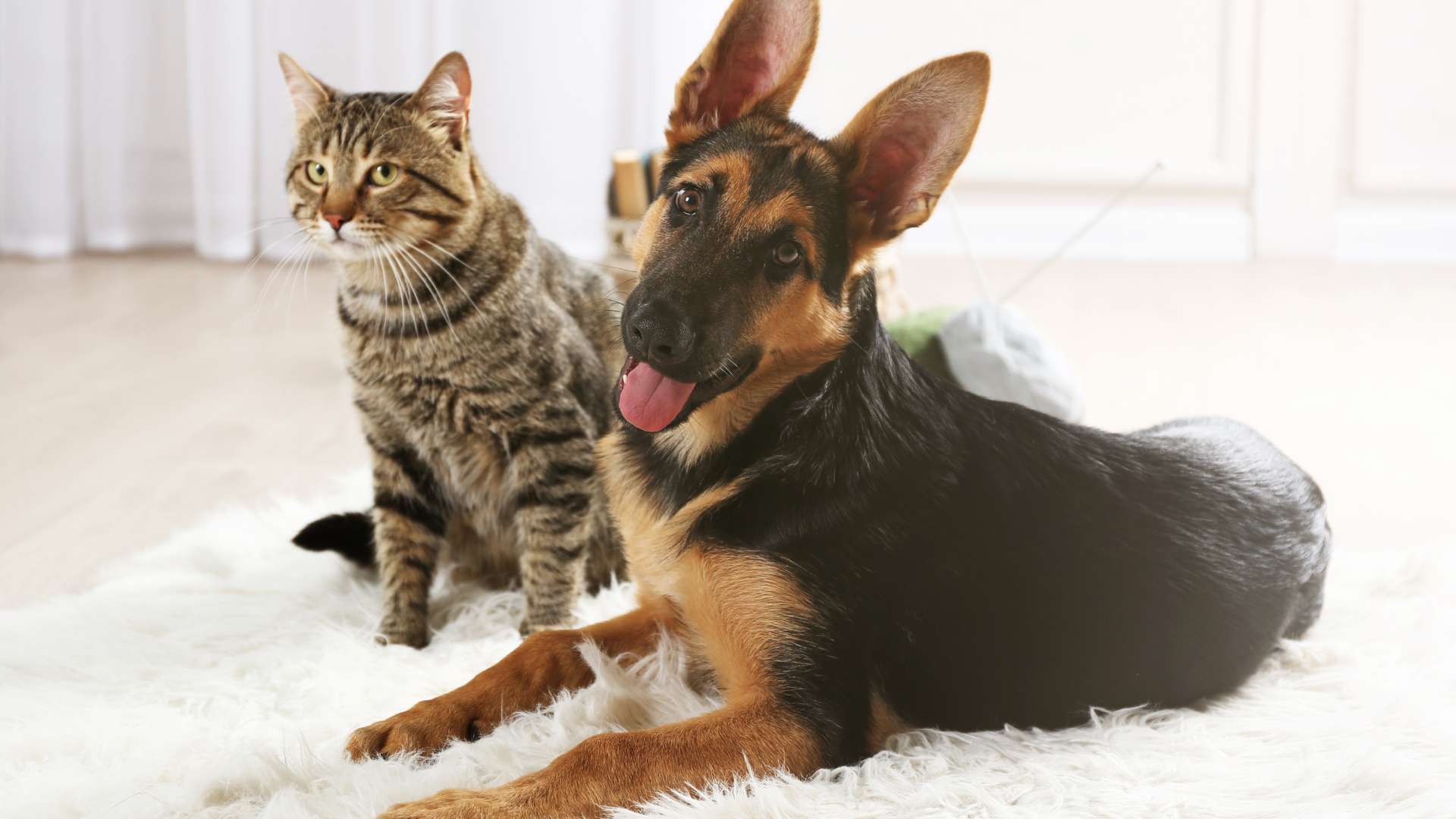Every dog parent has experienced it—scratching that “magic spot” on your pup’s belly or side and watching them kick their leg uncontrollably. It makes many of us wonder: can dogs be ticklish? While dogs can’t tell us directly if they’re ticklish, their reflexes, body language, and scientific studies provide some fascinating answers.
Exploring ticklishness in dogs not only deepens our understanding of canine behavior but also helps strengthen the bond between pets and their families.
What Does Ticklish Mean in Humans and Animals
In humans, ticklishness generally falls into two categories:
-
Knismesis – a light, feather-like touch that makes us squirm.
-
Gargalesis – deeper, pressure-based tickling that can cause laughter.
When asking can dogs be ticklish, scientists suggest dogs may experience sensations similar to knismesis rather than gargalesis. This means dogs likely react to light touches and certain spots being stimulated, but they don’t “laugh” like humans do when tickled.
Can Dogs Be Ticklish Like Humans
Dogs experience touch differently because they have fewer taste buds and a heightened reliance on smell and touch receptors. Unlike humans, their ticklish response is usually a reflex rather than a conscious reaction.
For example, if you scratch your dog’s belly and see their hind leg start moving, that’s known as the scratch reflex. It isn’t quite the same as laughter, but it does show that dogs have sensitive spots that trigger involuntary responses.
The Science Behind Can Dogs Be Ticklish
Ticklishness in dogs is rooted in their nervous system. When a sensitive area is touched—such as the belly, ribs, or paws—nerve endings send signals to the spinal cord, which then triggers a reflex movement.
This reaction evolved as a protective mechanism. If an insect, flea, or other irritant landed on these sensitive spots, the twitch or kick would help remove it. So when we ask can dogs be ticklish, the answer is tied more to survival instinct than playful enjoyment.
Signs That Dogs Might Be Ticklish
Pet parents often recognize certain behaviors that suggest their dog is ticklish:
-
Kicking reflex: The classic leg jerk when scratching the belly or side.
-
Squirming or rolling: Some dogs wiggle when touched in sensitive spots.
-
Tail wagging or playful movements: Indicating enjoyment rather than discomfort.
-
Turning toward you for more: A clear sign your dog may like the attention.
It’s important to watch your dog’s body language. If they pull away, lick their lips, or look uncomfortable, the touch may feel more irritating than pleasant.
Can Dogs Be Ticklish on Their Paws, Belly, or Ears
Certain areas on a dog’s body are more likely to trigger ticklish responses:
-
Paws: Dogs’ paws are extremely sensitive due to the large concentration of nerve endings. Some enjoy paw massages, while others pull away quickly.
-
Belly: Many dogs kick their legs when their bellies are scratched—a reaction that looks funny but is a reflex.
-
Ribs and sides: Gentle scratching here often causes squirming or twitching.
-
Ears: Lightly rubbing the base of the ears can make some dogs tilt or shake their heads.
These areas are naturally more sensitive, which explains why ticklish reactions are most common here.
Why Do Dogs React to Being Tickled
The question of can dogs be ticklish is also tied to why they react the way they do. Their responses are largely reflexive rather than emotional. The scratch reflex helps dogs protect themselves from pests or irritants in sensitive areas.
However, reactions can also be tied to trust. A dog that willingly rolls onto its back for a belly rub is showing vulnerability and comfort. So while the ticklish sensation might not make them “laugh,” it can still be part of bonding.
Is Being Tickled Pleasant or Stressful for Dogs
Not every dog enjoys being tickled. For some, it’s a fun and playful experience, especially during bonding moments. For others, it may feel irritating or overwhelming.
Signs your dog enjoys tickling:
-
Relaxed body posture.
-
Wagging tail or rolling over for more.
-
Gentle mouth movements like licking.
Signs your dog doesn’t enjoy tickling:
-
Stiff body or trying to move away.
-
Lip licking or yawning (signs of stress).
-
Low growling or avoidance.
Asking can dogs be ticklish ultimately comes down to recognizing your dog’s unique responses and respecting their boundaries.
Cleanliness, Skin Sensitivity, and Ticklishness
Sometimes, a dog’s ticklishness can be heightened by environmental factors. Dust, dirt, and allergens in their environment can make their skin more sensitive, leading to stronger reactions when touched.
Keeping your home clean reduces the chance of irritation and promotes healthier skin for your dog:
-
Use Carpet Deodorizers to remove lingering odors and allergens from floors where your dog plays.
-
Wash pet bedding, blankets, and towels regularly with Laundry Powders to eliminate buildup.
-
Clean floors and surfaces with All-Purpose Cleaners to reduce irritants that may contribute to skin sensitivity.
By creating a cleaner environment, you’re not only making your dog more comfortable but also reducing unwanted ticklish or itchy reactions caused by irritants.
Can Dogs Be Ticklish and Laugh Like Humans
One of the most fascinating parts of the can dogs be ticklish question is whether dogs can laugh the way humans do. While dogs don’t laugh in the same sense, they do exhibit behaviors that resemble joyful responses.
Dogs often produce a “play pant”—a rhythmic, breathy sound—when they are having fun. Some researchers suggest this is the canine equivalent of laughter. When combined with relaxed body language, it might indicate that your dog enjoys the sensation of a belly rub or gentle scratching, even if they don’t truly “laugh” at tickling.
So, while dogs aren’t ticklish in the giggly human sense, their responses—leg kicks, squirming, playful pants—show they are experiencing something unique and enjoyable.
Can Dogs Be Ticklish During Grooming
Many pet parents notice ticklish responses during grooming. When brushing near sensitive spots, trimming nails, or cleaning paws, dogs may jerk their legs or squirm. This is often mistaken for discomfort, but it can also be a reflex triggered by sensitivity.
Tips to reduce stress during grooming:
-
Use gentle, slow brushing motions.
-
Touch sensitive areas like paws gradually to build tolerance.
-
Offer treats and praise to create positive associations.
A clean environment also plays a role. For example, freshly washed bedding with Laundry Powders ensures allergens don’t build up, while using All-Purpose Cleaners on floors prevents irritants that might make your dog extra sensitive during grooming.
Differences Between Ticklish Reflex and Itching
One of the most important distinctions for dog owners is knowing whether their pet is ticklish or itchy. While ticklish responses are momentary and playful, constant scratching or biting at an area may indicate irritation, allergies, or parasites.
Signs your dog is itchy rather than ticklish:
-
Persistent scratching, biting, or licking the same spot.
-
Redness, bumps, or hair loss.
-
Restlessness or whining while scratching.
If you notice these symptoms, it’s best to consult your veterinarian. A clean living space—vacuuming, using Carpet Deodorizers, and keeping pet laundry fresh—can help reduce allergens that may contribute to itching.
Can Puppies Be Ticklish More Than Adult Dogs
Puppies often react more strongly to touch, leading many owners to believe they are more ticklish than adult dogs. Their developing nervous systems are highly sensitive, and their playful personalities make them more likely to wiggle and squirm when tickled.
As dogs age, their responses may mellow, though they may still display the scratch reflex. Recognizing these differences helps pet parents adjust their handling for comfort at every stage of life.
Can Dogs Be Ticklish and Show It Through Bonding
Ticklishness can play a surprising role in bonding. When your dog rolls onto their back and allows belly rubs, they’re showing deep trust. This vulnerable position is a sign that your dog feels safe with you.
Gentle tickling or scratching in areas your dog enjoys can strengthen your bond, creating moments of joy and relaxation. Just remember to always respect their cues—if your dog pulls away or looks uncomfortable, it’s best to stop.
Risks of Tickling Dogs Too Much
While it may be fun to see your dog’s leg kick or squirm, too much tickling can become overwhelming. Overstimulation can stress your dog or make them avoid certain interactions.
Potential risks include:
-
Increased sensitivity in already tender areas.
-
Irritation or stress if your dog doesn’t enjoy the sensation.
-
Reinforcing unwanted behaviors like pawing or jumping for attention.
The key is moderation. Use tickling or scratching as a playful interaction, but don’t rely on it as the main way of showing affection.
FAQs About Can Dogs Be Ticklish
Do all dogs have ticklish spots?
Most dogs have sensitive areas like paws, belly, or ribs, but reactions vary by individual.
Is it okay to tickle my dog’s paws?
Yes, but gently. Some dogs dislike paw handling, so watch for signs of discomfort.
Why does my dog kick his leg when I scratch him?
This is the scratch reflex—a natural response triggered by nerve stimulation.
Is my dog laughing when tickled?
Not exactly. Dogs don’t laugh like humans, but playful panting and relaxed movements may be their way of showing enjoyment.
Should I avoid tickling sensitive dogs?
Yes. If your dog seems irritated or stressed, it’s best to stop.
Final Thoughts Can Dogs Be Ticklish
So, can dogs be ticklish? The answer is yes, but in their own way. While they don’t laugh like humans, dogs show reflexive and playful responses when touched in sensitive areas. For some dogs, it’s a fun bonding activity. For others, it may feel irritating or overwhelming.
The key is understanding your dog’s cues and respecting their comfort. A happy, relaxed dog will let you know when they’re enjoying your attention.
Maintaining a clean and healthy environment also helps reduce unnecessary skin sensitivity. Freshening your home with Carpet Deodorizers, washing fabrics with Laundry Powders, and keeping surfaces safe with All-Purpose Cleaners all contribute to your dog’s overall comfort.
For more pet care tips and eco-friendly living guides, explore the Good Natured Brand Blog or visit the Good Natured Brand Website to find safe, sustainable products that make life with pets cleaner and healthier.
